Advanced
In this module, students will learn the fundamentals of global navigation satellite systems (GNSS, a more universal term than GPS) and how to apply these techniques beyond answering, "Where am I?" This module teaches how high-precision positioning enables geoscientists to track changes in the surface of the earth that would otherwise be imperceptible. Through brief classroom lectures, demonstrations, and field exercises, students learn both kinematic and static positioning techniques. This module is field-focused, minimizing lectures and computer work and maximizing student time spent designing and implementing surveys as well as analyzing the new data. Most units require half to a full day to execute, although some waiting time may be required for post-processing satellite data. Some prepared data sets are available for courses unable to collect data directly. Instructors can request support for equipment loans and some types of technical assistance from EarthScope Consortium, which runs the NSF's National Geophysical Facility.
A great fit for courses in:
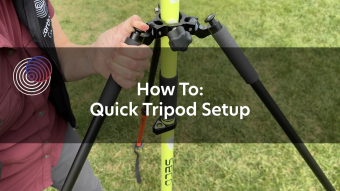
This video shows how to set up a quick tripod. Tripods are needed for GNSS/GPS base stations, often a part of near-surface geophysics surveys.
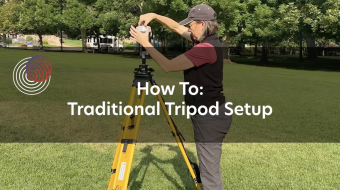
This video shows how to set up a traditional tripod. Tripods are needed for GNSS/GPS base stations, often a part of near-surface geophysics surveys.
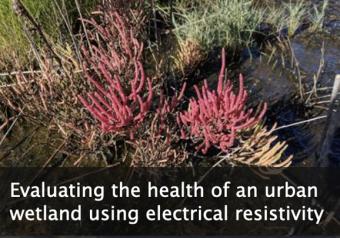
This module emphasizes how electrical resistivity is used as a proxy for measuring salinity in a wetland just outside of New York City, and how the presence of an indicator species is used as a proxy for ecosystem health. Comparing these data illustrates how cities impact the environments around them.
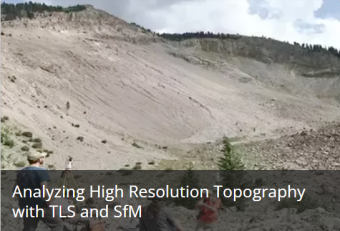
In this module students learn to conduct terrestrial laser scanner (TLS) and/or Structure from Motion (SfM) surveys to address real field research questions of importance to society. Both geodetic methods generate high resolution topographic data and have widespread research applications in geodesy, geomorphology, structural geology, and more.
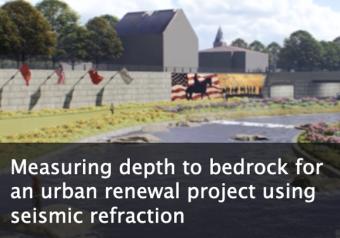
This module emphasizes how seismic methods are used to address problems or answer questions that apply to our everyday lives. Authentic datasets are used throughout the module, even for the simplest exercises. This allows students to grapple with the challenges of real data sets, where there is an element of interpretation in choosing where and how to measure variables.
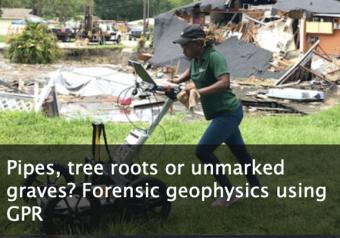
This module considers the capabilities and limitations of ground-penetrating radar (GPR) in urban/highly developed settings and for forensic applications. Students are asked to draw on their current understanding of common medical imaging methods and draw comparisons to GPR.
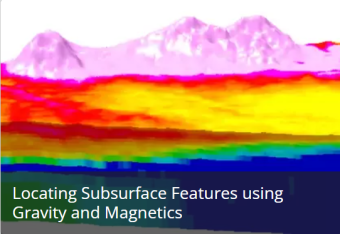
This module discusses gravity and magnetics geophysics field techniques and how to use them, including identifying buried objects and exploring the environment.
We encourage the reuse and dissemination of the material on this site as long as attribution is retained. To this end the material on this site, unless otherwise noted, is offered under Creative Commons Attribution (CC BY 4.0) license